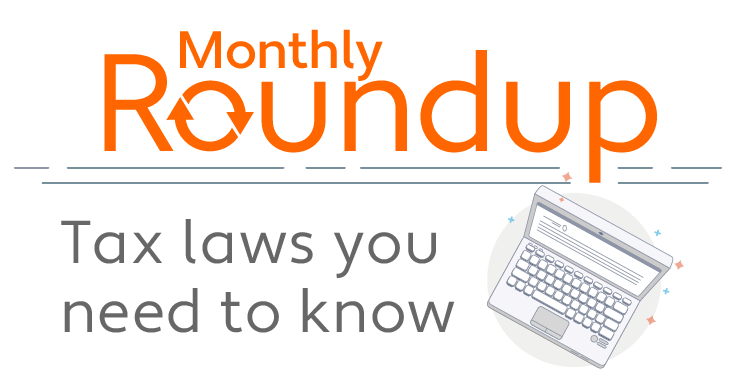Bundling 101: What you need to know
Every morning when I grab my breakfast sandwich, I complement it with a coffee, especially when there’s a special or deal that provides more bang for my buck if ordered as combo #3. I take the same approach when purchasing anything — if I’m able to receive what I need at a better price point when items are bought together, I certainly take advantage of the offer instead of buying items individually. Bundling goods and/or services is common marketing practice in many industries, recognizing customers perceive (and receive) greater value when items are offered in a package. Communications service providers (CSPs) have been doing this for decades, at least since the advent of local and long-distance services.
Many CSPs utilize strategic bundling to maintain a competitive edge. Emerging trends and fast-paced innovation are driving constant change, leading to a steady drip of new voice, video, and tech offerings. The associated tax complexity involved with bundling these services is challenging, especially for new players entering the space, but can be addressed with proper documentation, planning, and coordination with marketing teams.
What does cheese have to do with this?
Bundling is not a new concept. As mentioned above, CSPs have been doing this for years, but they’re far from the first to bundle. At the turn of the 20th century, a retailer in New York began selling a package of goods that included cheese, a board, and a knife for a single price. In New York, food items are tax exempt; however, the other items were not. The New York cheese board rule leads to the conclusion that although cheese was the “star” as the main item in the package and tax exempt, the entire package or bundle must still be assessed for sales tax.
This case aptly illustrates the complexity that comes with bundling communication services. More important, it set the precedent that an entire bundle must be taxed if a customer is not privy to seeing the disaggregated prices for each individual good or service.
Why are modern communications bundles so complicated to tax?
To start, while there are numerous varieties of cheese, at the end of the day cheddar and manchego most likely fall under the same regulatory rules and tax rates. When it comes to communications services, the rules and rates tend to be more diverse and complicated. A wireless or cable bundle might include any mix of voice, text, or data. Each service has its own very complex calculation and must be able to be both billed and reported accurately, regardless of how the bundle is marketed as a unit.
As consumer demand drives increased need for more data intensive offerings with less focus on traditional voice, we continue to see industry consolidation and frequent pricing changes as providers struggle to remain competitive. This makes managing bundled pricing and the necessary record keeping behind it incredibly difficult. However, from a marketing perspective, it’s an absolute necessity.
What do I need to know about the books and records rules?
Many states don’t take as hard of a line as New York does with the cheese board rule, instead allowing sellers to “unbundle the bundle” for tax purposes so long as they can show the work behind their math. By producing documentation showing the standalone, or disaggregated, price for each component within a bundle, CSPs can avoid taxing the entire bundle at the rate of the highest item.
Managing this level of record keeping can be challenging when prices change on a weekly basis, or when à la carte prices are unavailable because the item isn’t sold on its own. CSPs have to change pricing in bundles, as well as the individual SKUs throughout their records to remain compliant. This is often a joint effort between marketing, tax, IT, and even external vendors.
The bottom line on bundling
It’s imperative for CSPs to fully understand the tax implications when bundling. Here are a few tips to keep in mind to help remain compliant in an intensely competitive environment driven by consumer preference and rapid innovation:
- Ensure your marketing team is in lockstep with your tax team in all promotions and pricing changes
- Develop a process for quality assurance for tax changes across cross-functional teams to ensure all steps are completed for tax changes, not just pricing changes
- Make sure both your ERP and your tax system can handle the volume and speed at which you need to make these changes
- Keep accurate records for not only bundle pricing changes, but also individual pricing changes within those bundles — if asked, you need to be able to produce them
Maintaining compliance in order to avoid unexpected or unknown liabilities should be a top priority. The consequences are dire and can make or break a company, whether that be falling behind competitors able to offer better-value services, financial implications from fines, or damage to reputation.
Moving forward, as complexity is certain to increase even more, knowing how to document bundle components will be key to meeting challenges. However, with the landscape changing so quickly, it’s also critical to stay in the know on new developments and quickly pivot. Learn more about communications tax compliance.
Stay up to date
Sign up for our free newsletter and stay up to date with the latest tax news.













